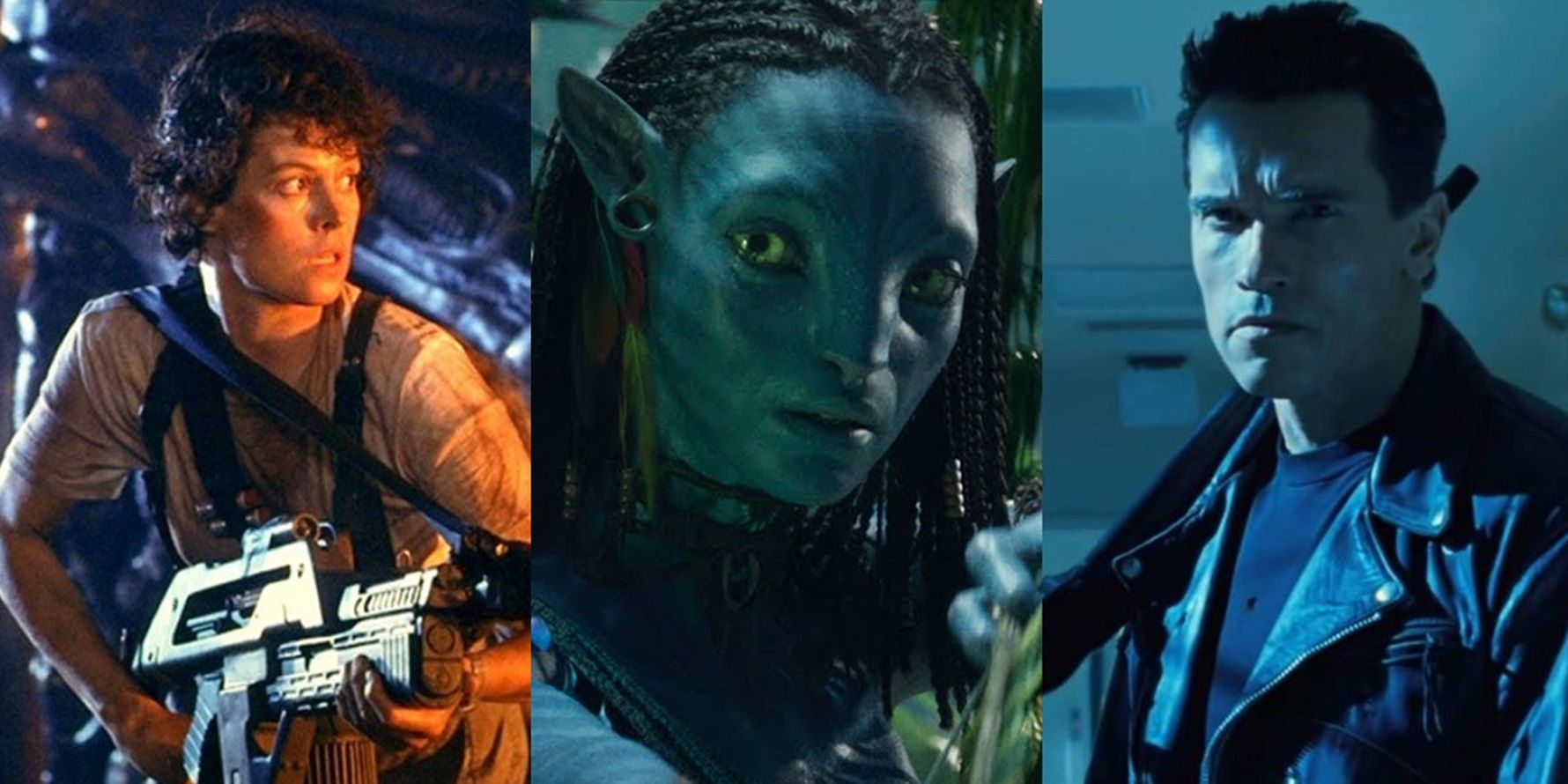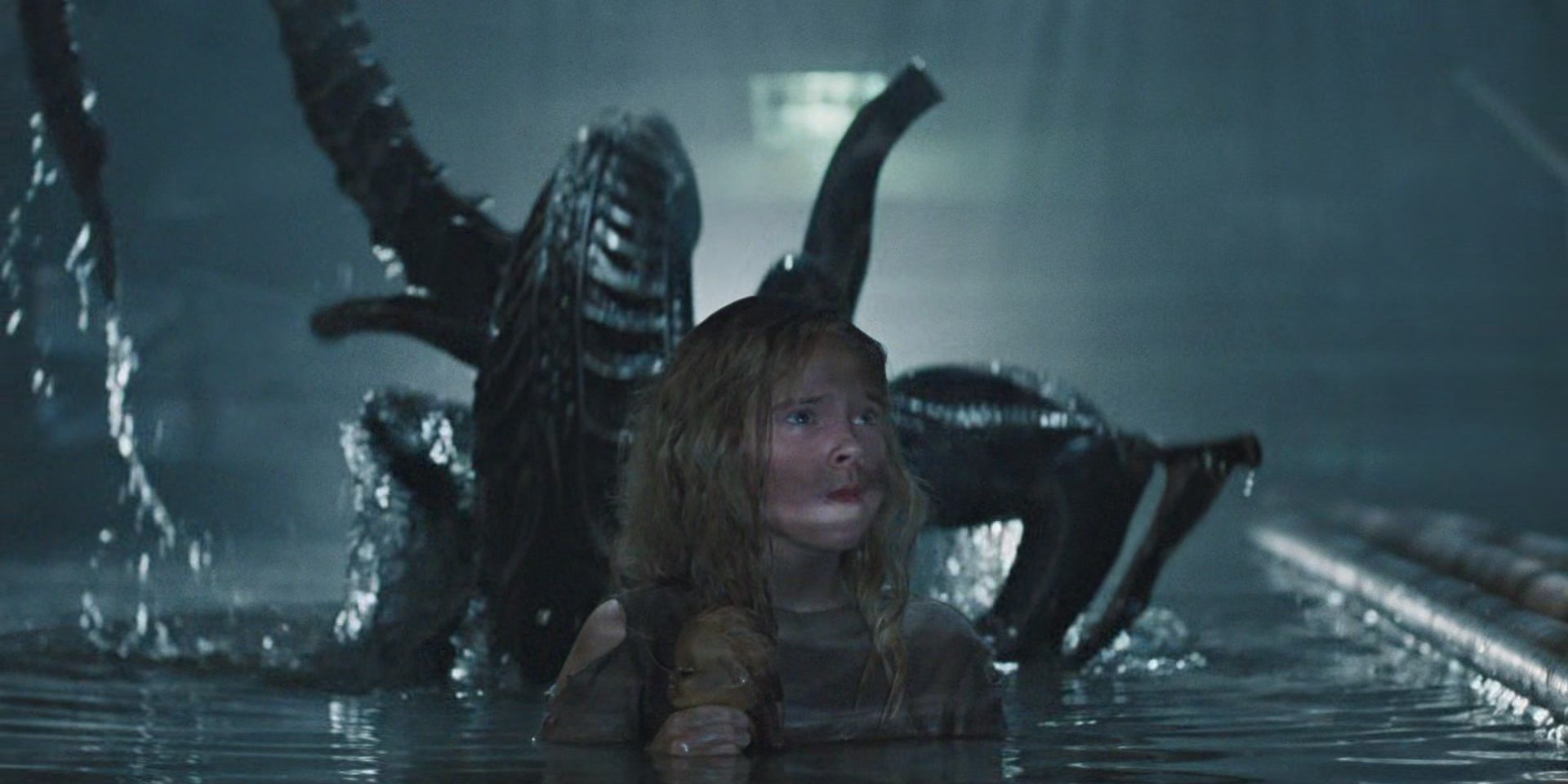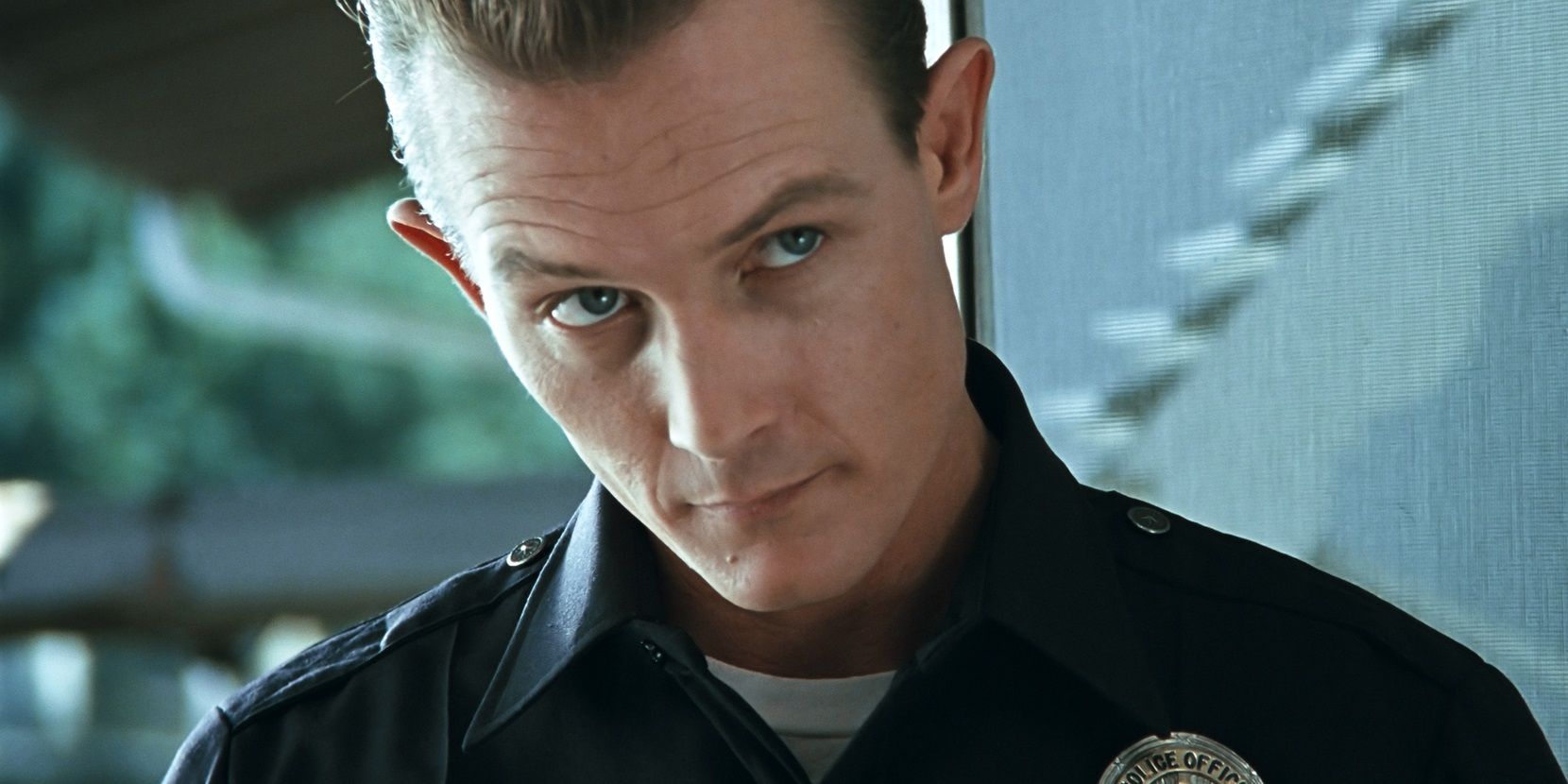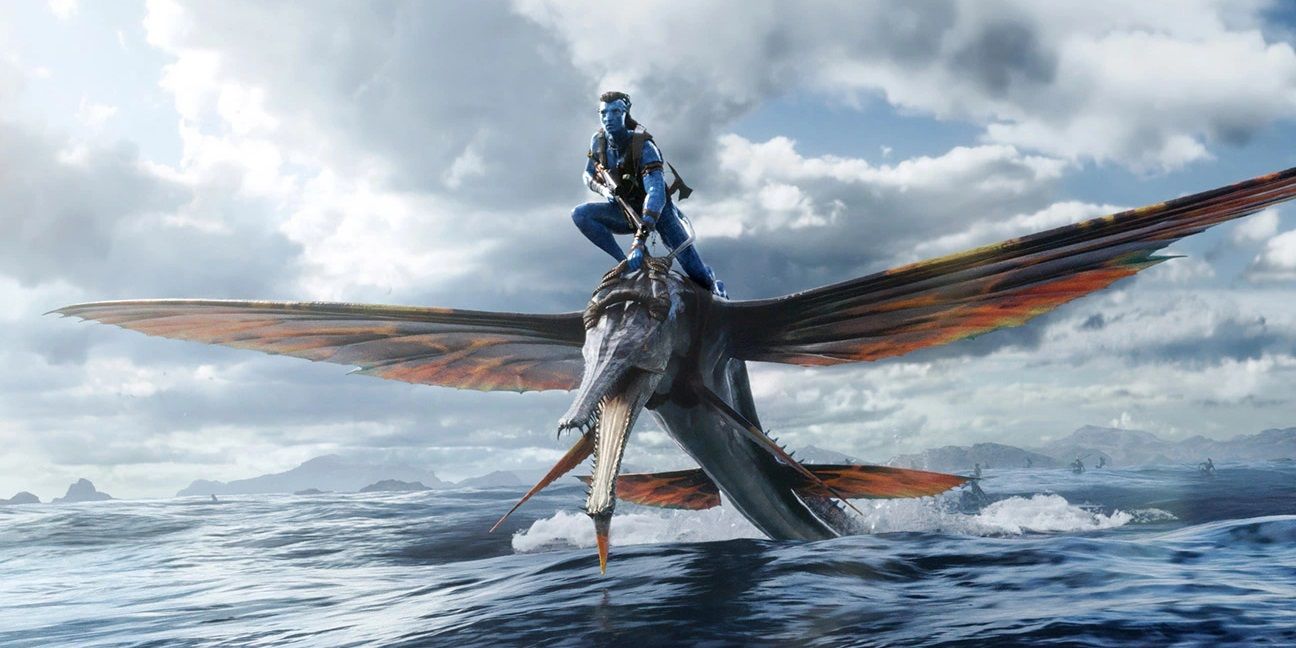When it comes to sequels, James Cameron has a better track record than any other filmmaker. He multiplied the extraterrestrial threat and significantly deepened the Ellen Ripley character in Aliens and he super-sized the onslaught of Skynet in the explosive, action-packed Terminator 2: Judgment Day. Now, Cameron is back with another mega-scale sequel, Avatar: The Way of Water, after 13 years of anticipation. Aliens and T2 have been universally praised as two of the greatest sequels ever made. How does the new Avatar movie compare to Cameron’s other sequels?
As he hammered out the script, mapped out a multi-movie arc, and pioneered new CGI technologies to shoot motion-capture performances underwater, Cameron kept fans waiting for over a decade to see the first of many sequels to Avatar. Now that the movie has finally arrived in theaters, those fans are determining whether or not it was worth the wait – and where it ranks against the rest of Cameron’s legendary filmography. There’s no doubt that The Way of Water is a dazzling addition to the Avatar canon, but it’s not quite as mind-blowing or outside-the-box as Cameron’s other sequels.
What Made Cameron’s Other Sequels So Great?
Cameron earned his reputation as Hollywood’s greatest sequelizer when he managed to catch lightning in a bottle twice. When he was hired to write and direct a sequel to Ridley Scott’s sci-fi horror masterpiece Alien, Cameron knew he couldn’t helm another haunted house movie in space that would match its predecessor. So, he switched genres from horror to action. After the crew of the Nostromo faced one xenomorph in the first Alien movie, a band of space marines took on a whole festering hive of them in the sequel. And not only that; Aliens has a more engaging arc and deeper characterization for Ripley. She learns that her daughter has died of old age back on Earth while she was drifting through space and fills the emotional void by becoming a surrogate mother figure to Newt, the orphaned sole survivor of a human colony ravaged by bloodthirsty xenomorphs. Aliens is every bit as intense as Alien, and a lot more emotionally engaging.
Like Aliens, T2 also multiplied the monster and put a fresh twist on the formula. After a single Terminator terrorized Sarah Connor in the first one, this time, one Terminator comes back in time to kill Sarah’s son and another one comes back in time to protect him. With more than 10 times the meager budget of the original, Terminator 2 has bigger, bolder action sequences than its predecessor. Cameron crashed a truck into the L.A. River, blew up a convoy of cop cars, and flew a helicopter under a low-hanging bridge to make T2 as thrilling and action-packed as possible. It set a new bar for action cinema that no one but Cameron himself has come close to topping in the years since.
Does The Way Of Water Live Up To Aliens And T2?
The latest sequel in Cameron’s oeuvre, Avatar: The Way of Water, doesn’t sink its teeth into a new genre or a new spin on the franchise’s formula; it just takes the cast to a new ecosystem. The opening train attack teased all-out guerilla warfare between the Na’vi and the returning humans, but that conflict promptly takes a backseat. The Way of Water boils down to essentially the same story as the first one: Jake Sully has to once again adapt to an unfamiliar culture and ingratiate himself into a tribe that wants him to turn around and go home.
Unlike Aliens and T2, which stand on their own as cinematic landmarks regardless of their connections to an existing franchise, the Avatar sequel is structured more like a TV episode with an A-plot and a B-plot. The A-plot sees Jake and Neytiri going on the run with their kids and seeking a new home, while the B-plot sees Colonel Quaritch – resurrected via cloning and digital memory implants – trying to track them down. There are some fresh elements that prevent the Avatar sequel from feeling like a shallow rehash of the original. The oceans of Pandora give Cameron a whole new visual language to play with. The time jump in which Jake and Neytiri have had kids swaps out the original movie’s love story for a tale of family bonding.
Cameron’s other sequels flipped the original on their head, but Avatar: The Way of Water is just more of the same. It has the same poignant environmentalist themes, the same stunning visual effects, and the same structure of outsiders integrating themselves into a hostile clan in time for a large-scale final battle. Individual subplots, like Lo’ak’s Free Willy-style friendship with a tulkun named Payakan and Quaritch reckoning with the existential terror of being resurrected in a new body, are more compelling than the main plot. The Way of Water is a welcome return to Pandora, but it’s not a game-changer like Aliens or T2. It doesn’t plumb new depths of the characters or explore the natural progression of the narrative or even find a fresh perspective on the story; it just takes that story to sea.




